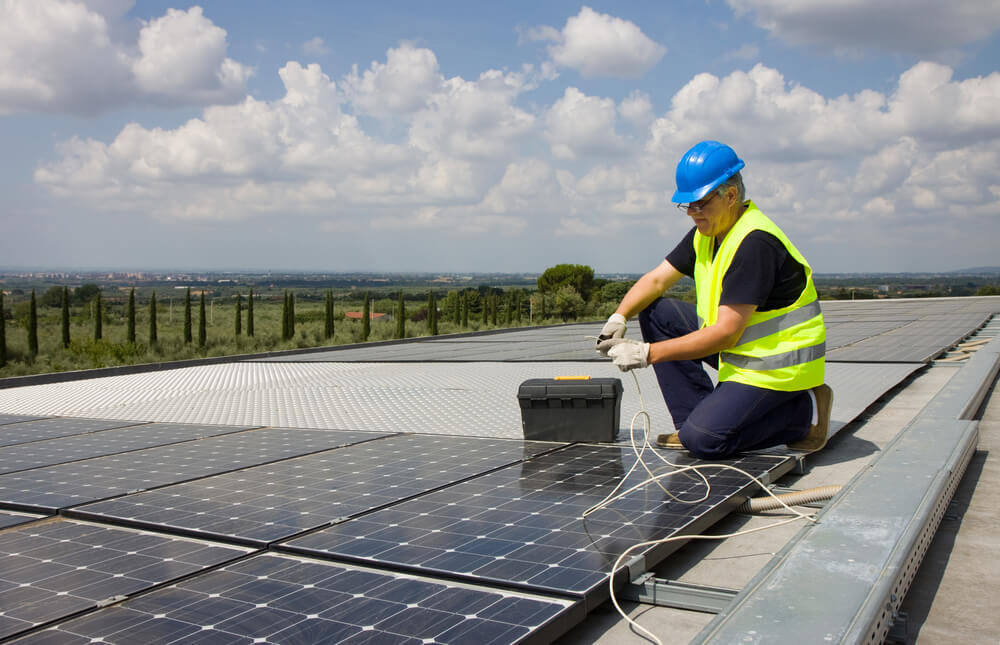The main performance parameters of solar panels, also known as photovoltaic (PV) panels, provide insights into their efficiency, output, and overall effectiveness. Here are the key performance parameters to consider when evaluating solar panels:
- Power Rating (Wattage): This is the most common parameter and represents the maximum power output the solar panel can generate under standard test conditions (STC). It’s usually measured in watts (W) or kilowatts (kW). A higher wattage indicates that the panel can produce more electricity.
- Efficiency: Efficiency measures how effectively a solar panel converts sunlight into electricity. It’s expressed as a percentage and is calculated by dividing the panel’s power output by the amount of sunlight it receives. Higher efficiency panels are able to generate more power for a given surface area.
- Temperature Coefficient: Solar panels are less efficient at higher temperatures. The temperature coefficient indicates how much the panel’s efficiency decreases as temperatures rise. It’s usually expressed in percentage per degree Celsius (°C).
- Open-Circuit Voltage (Voc): Voc is the maximum voltage the solar panel can generate when there’s no load connected to it. It’s important for understanding the panel’s behavior in different conditions and its compatibility with the system.
- Short-Circuit Current (Isc): Isc is the maximum current that flows through the solar panel when its terminals are short-circuited. It helps determine the panel’s current output capacity.
- Maximum Power Voltage (Vmpp) and Current (Impp): Vmpp and Impp are the voltage and current at which the solar panel generates its maximum power output. These values are critical for designing the system to match the panel’s optimal operating conditions.
- Fill Factor (FF): Fill factor is a parameter that represents how effectively the panel’s maximum power point is utilized. It’s a ratio of the actual power output to the theoretical maximum power output of the panel.
- Energy Yield: Energy yield is a measure of the amount of energy a solar panel can produce over a specific time period, typically a year. It takes into account the panel’s power rating, efficiency, and the amount of sunlight it receives.
- Degradation Rate: Over time, solar panels can experience a reduction in efficiency due to various factors, such as exposure to sunlight, temperature variations, and manufacturing quality. The degradation rate indicates how much efficiency loss can be expected over the panel’s lifetime.
- Angle and Light Response: Solar panels have an optimal angle and direction for maximum energy production. Angle response refers to how the panel’s output changes at different angles to the sun, while light response indicates its efficiency under different light levels.
- Dust and Soiling Loss: The accumulation of dust, dirt, and other contaminants on the panel’s surface can reduce its efficiency. Understanding how well the panel performs in various environmental conditions is important.
When comparing different solar panels, it’s essential to consider a combination of these parameters to assess their overall performance and suitability for your specific installation requirements. Additionally, keep in mind that the real-world performance of a solar panel can vary based on factors such as location, shading, orientation, and maintenance practices.


